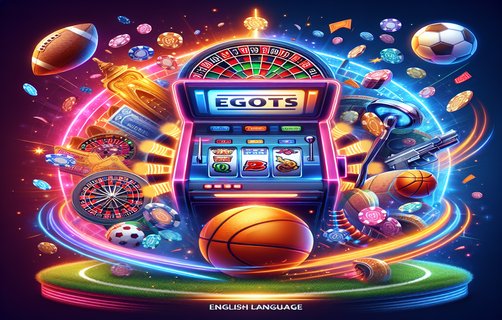Analyzing the Trends and Failures in the Evolving World of Casino Gambling: A Designer's Perspective

The gambling industry has undergone significant changes over the past decade, driven by technological advancements and shifting consumer preferences. Focusing on elements such as casino tournaments, EGT Interactive, casino esports, one-click bets, the Asian handicap, and significant mergers, this analysis seeks to delve into the patterns and failures within the landscape of modern gambling. By utilizing a designer’s thinking approach, we will dissect these components and explore what lessons can be learned from both successes and failures.
**Casino tournaments** have gained immense popularity, particularly among avid gamers. However, not all tournaments have flourished; some have struggled due to poorly designed user experiences. A common failure point lies in the lack of engagement and support for players. Many tournaments have adopted a one-size-fits-all approach, failing to cater to diverse demographics who may prefer different formats or prizes. The insights drawn from these failures emphasize the importance of **user-centered design**. Implementing feedback loops and iterating on user experiences can transform a stagnant tournament into a thriving event that keeps players coming back.
**EGT Interactive** serves as a prime example of a gambling developer that has successfully embraced technological integration, yet it has faced challenges. Despite releasing innovative gaming content, the company's failure to adapt to local markets or understand regional player preferences can lead to missed opportunities. In today’s globalized casino market, it is essential to incorporate local adaptations while preserving the core gaming mechanics. The experience with EGT highlights the need for **iterative design thinking**—testing products in specific contexts rather than rolling them out indiscriminately worldwide.
The concept of **casino esports** is another fascinating development. While some platforms have achieved remarkable success, others have failed to attract players due to a lack of clear structures or understanding of esports' unique nature. A significant misstep in failed esports integrations has often been the **incompatibility** of betting systems with the rapidly changing rules and formats of esports events. To ensure success, gambling platforms must collaborate closely with esports organizations, incorporating insights from experienced players and stakeholders while developing intuitive and flexible betting options.
The rise of **one-click bets** has undeniably simplified the betting process, yet many users have reported a feeling of detachment. The ease of one-click betting may lead to reckless behaviors, with some gamblers becoming vulnerable to problem gambling. Failure in this realm is linked to insufficient safeguards or unclear betting processes. To mitigate these risks, companies must focus on not just usability but also **responsible gaming education**, ensuring that customers are well-informed about their choices and potential risks.
When examining the **Asian handicap**, a common betting system in soccer, we find another case of conceptual failure linked to player misunderstanding. Many bettors—particularly in Western markets—have struggled to grasp the intricacies of this betting format, leading to confusion and frustration. A better design approach could involve comprehensive guides and interactive elements that educate users, thereby enhancing their betting experience and decreasing the likelihood of misconceptions.
Lastly, the landscape of **casino mergers** presents its own challenges. While some high-profile mergers have led to enhanced market positions, others have faltered due to cultural mismatches or operational redundancies. A designer's mindset would advocate for due diligence in understanding the existing organizational cultures and practices before merging, focusing on a clear vision that aligns both entities for a seamless transition.

In conclusion, the analysis of various aspects of the modern gambling landscape reveals a multifaceted web of opportunities and missteps. By applying design thinking principles, stakeholders can harness user-centered approaches to enhance experiences, promote responsible gaming, and ultimately foster a more engaging and sustainable environment within the casino industry.
